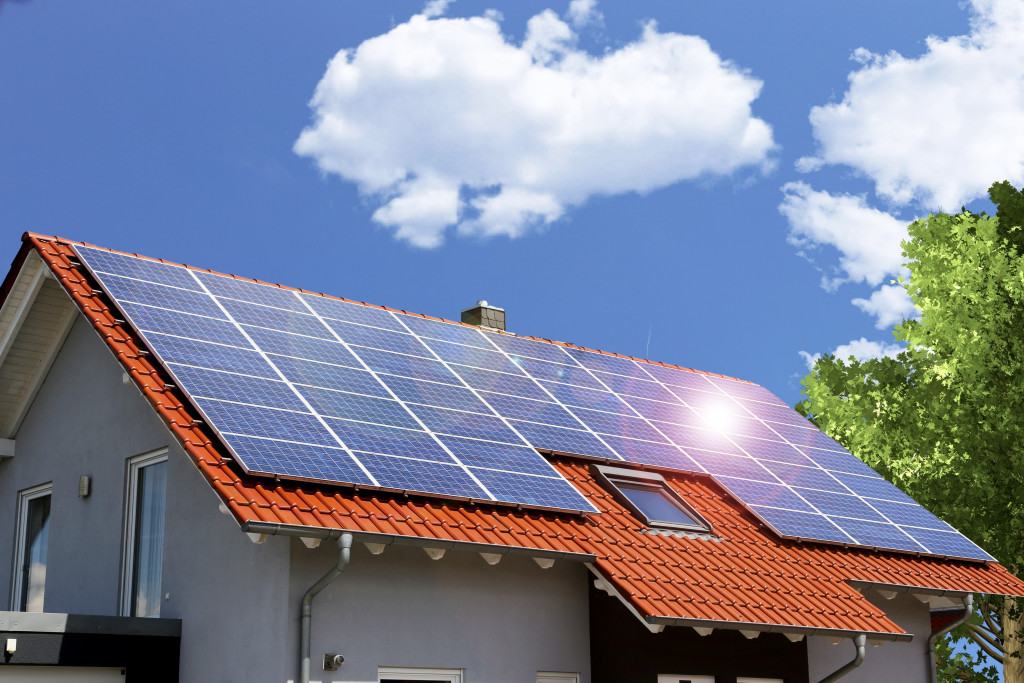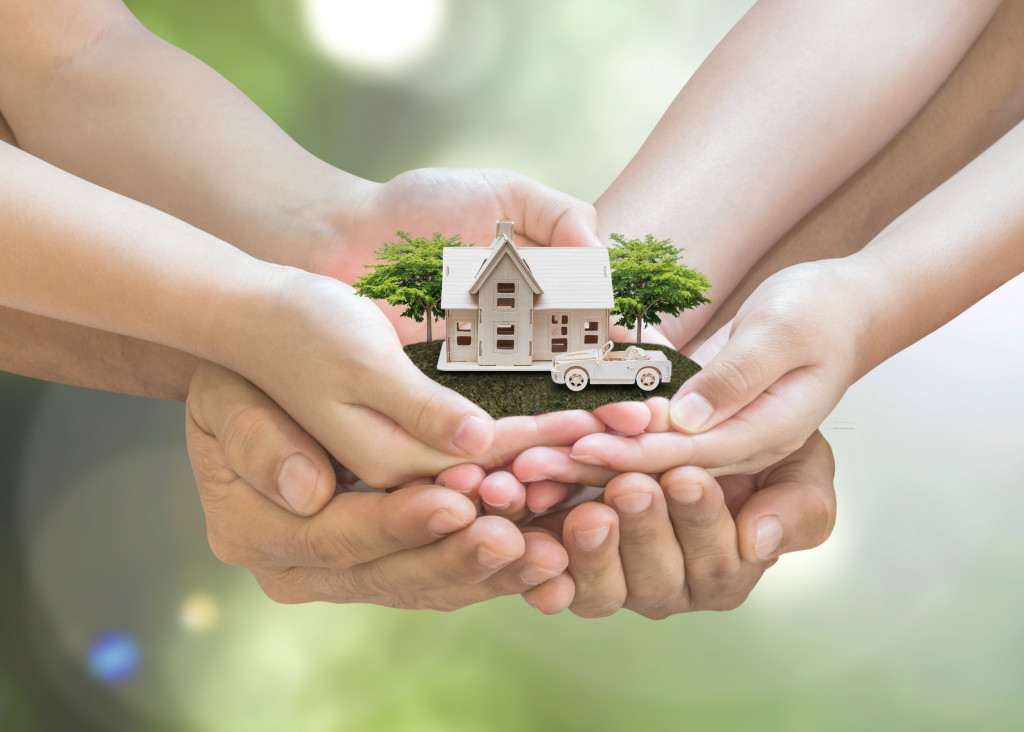Sustainability is essential now more than ever. The world’s overall temperature increased by about one degree Fahrenheit, and it’s expected to reach three to five degrees Fahrenheit by the end of the century. Climate change is real, and it’s happening right now. One of the most significant contributors to this is home-building
It takes about 80 tons of CO2 to build your average home. The United States builds about six million new homes every year, emitting about 480 metric gigatons of CO2. One way to offset this is by making the homes sustainable.
There are many benefits to having a sustainable home. First, it’s good for the environment. It can also help you save money on your utilities and make your home more comfortable and inviting. It can also increase the value of your home. Lastly, it can give you a sense of pride and satisfaction knowing that you’re doing your part to help the planet.
One way to make your home more sustainable is through technology. Here are some great options.
Home Automation Systems
Home automation systems are becoming more and more popular, and for a good reason! You can save a significant amount of energy by automating tasks like controlling your lights, setting your thermostat, and even opening your blinds. Many home automation systems can even be controlled from your smartphone, so you can ensure everything is turned off when you leave the house. Here are some great options for automation systems you should have:
Smart Thermostats
Smart thermostats are another great way to reduce your energy consumption. By learning your heating and cooling preferences over time, smart thermostats can automatically adjust the temperature in your home to keep you comfortable while using less energy. Many smart thermostats can also be controlled from your smartphone, making it easy to adjust when you’re not at home.
Smart Lighting
Smart lighting is another excellent way to reduce your energy consumption. Smart lights can automatically turn off when you leave the room, and many can even be controlled from your smartphone. You can also set them to dim when you want to save energy.
Smart Strips
One of the biggest energy wasters in the home is leaving electronics plugged in when they’re not in use. But we’ve all been there- you need to leave your computer plugged in to charge, but then you forget to unplug it when it’s done. That’s where smart strips come in. Smart strips are power strips that sense when devices are turned off and cut power to them, so you don’t have to worry about wasting energy.
Home automation systems are crucial for reducing the carbon footprint of your home. By having the ones above, you can make your home more sustainable.

Solar Panels
Solar panels are a great way to reduce your reliance on fossil fuels and save money on your energy bill. While the initial investment can be pricey, solar panels will pay for themselves over time and continue to generate free electricity for years. In some cases, you may even be able to sell excess electricity back to the grid!
LED Lighting
LED bulbs use much less energy than traditional incandescent bulbs and last a lot longer too. So replacing all the lightbulbs in your home with LEDs can significantly save your energy bill. Plus, home automation systems can now control many LED bulbs (see above), making it easy to turn off lights when you’re not using them.
Sustainable Insulation
Insulation is crucial for every home in the U.S. – it helps keep your home warm in the winter and cool in the summer. But did you know that there are now sustainable insulation options? These include wool insulation, cellulose insulation, and spray foam insulation. These options are made from recycled materials and are just as effective as traditional fiberglass insulation.
If you don’t know a good home option, consider hiring a contractor. There are many sustainable insulation services in the country. These services can install the insulation for you in a sustainable way. They do this using recycled materials, so it’s good for the environment and your wallet. So not only it’s sustainable, but it’s also far more affordable!
Composting Toilets
While not technically a “technology,” composting toilets are a great way to reduce water consumption in your home while also creating nutrient-rich compost for your garden. In addition, Composting toilets work by separating solid and liquid waste, so you don’t need to flush each time you use the toilet! This can lead to significant savings on your water bill over time.
These are just a few of the ways technology is making people’s homes more sustainable. By implementing some of these changes in your home, you can save money and energy while doing your part to protect the environment.

